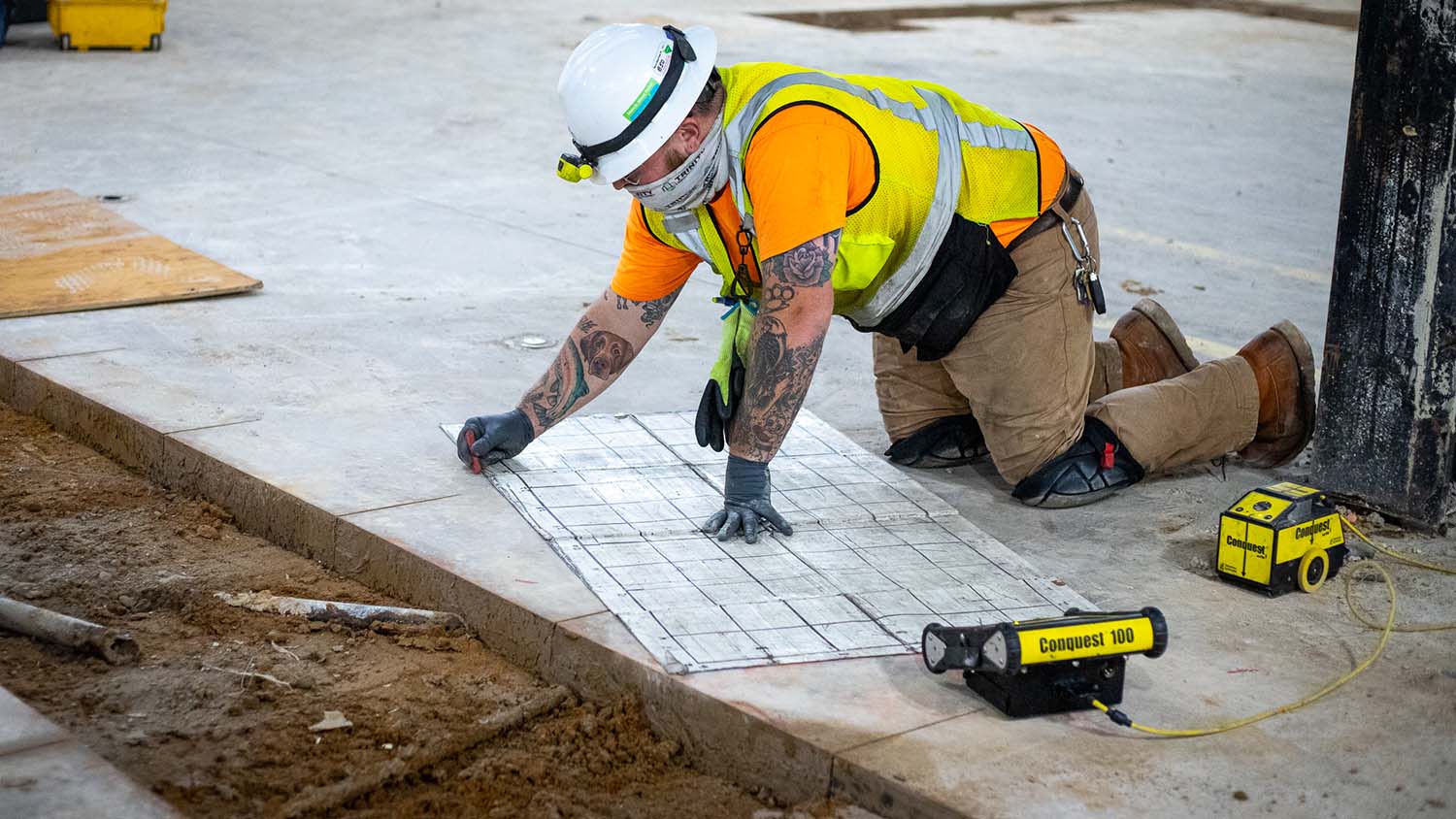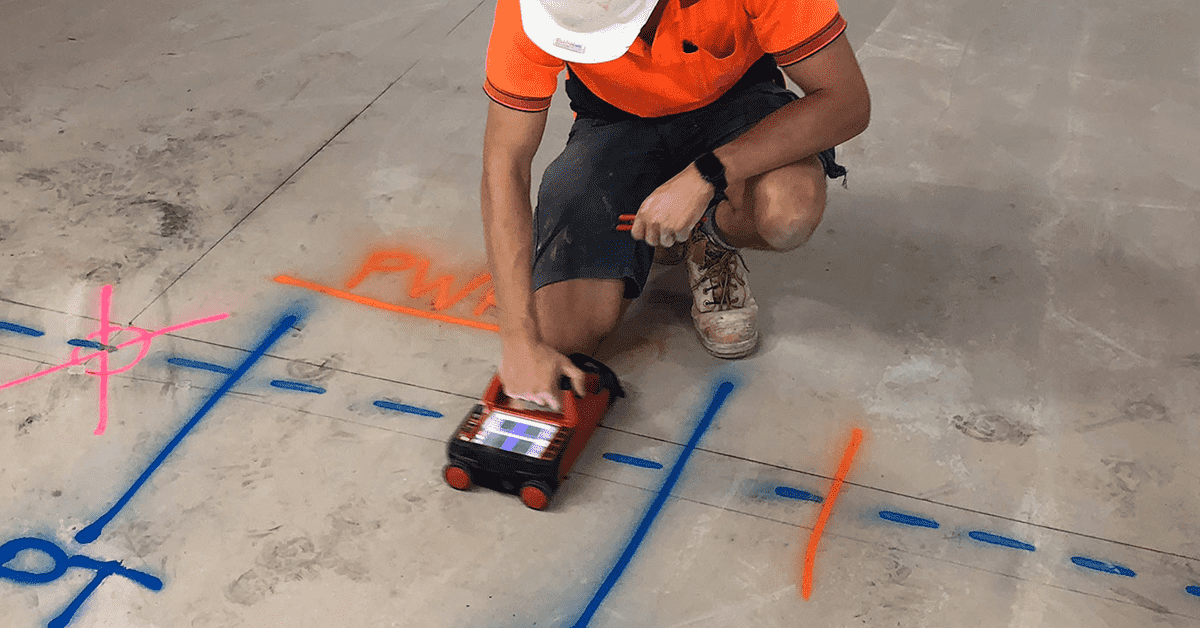Detailed Guide to RainierGPR Concrete Scanning Techniques
Wiki Article
Checking Out the Depths: A Comprehensive Overview to Concrete Scanning and Its Diverse Applications
In the world of construction and facilities growth, the precise procedure of concrete scanning holds an essential duty in making certain the architectural stability and security of projects. As modern technology continues to advance, the applications of concrete scanning have broadened far beyond simple surface-level analyses. From spotting rebar and post-tension cable televisions to drawing up avenues and gaps hidden within concrete frameworks, the capacities of modern scanning strategies are both crucial and excellent. Nevertheless, truth deepness of concrete scanning's possible reaches also better, branching right into unexpected industries and stimulating ingenious options. The interconnected internet of opportunities that concrete scanning presents is not only interesting but also crucial for the advancement of numerous sectors.Value of Concrete Scanning
Comprehending the importance of concrete scanning is essential in guaranteeing the security and integrity of structures throughout building and construction and improvement tasks. Concrete scanning uses sophisticated technologies such as ground-penetrating radar (GPR) and electromagnetic induction to discover embedded objects, spaces, or other anomalies within concrete frameworks.In addition, concrete scanning plays an essential function in guaranteeing conformity with structure codes and guidelines that mandate the security of existing structural parts throughout construction tasks. By precisely mapping out the inner structure of concrete, scanning technologies make it possible for building specialists to make enlightened decisions that promote the structural stability and longevity of structures and infrastructure tasks. Essentially, the importance of concrete scanning exists in its capability to safeguard both the architectural integrity and the employees involved in building endeavors.
Technologies Made Use Of in Concrete Scanning
Concrete scanning relies on sophisticated technologies such as ground-penetrating radar (GPR) and electromagnetic induction to properly detect ingrained objects and abnormalities within concrete structures. Ground-penetrating radar runs by producing high-frequency electromagnetic waves right into the concrete.Electro-magnetic induction, on the other hand, works by producing magnetic fields around a concrete structure with a transmitter coil. When metal objects exist within the concrete, they interfere with these magnetic fields, causing eddy currents to flow through the metal. By determining the changes in the electromagnetic areas with a receiver coil, the system can determine the area of metal things in the concrete.
These cutting-edge technologies play a vital duty in non-destructive screening, ensuring the safety and integrity of concrete structures in various industries.
Applications in Construction Industry
Within the building and construction market, concrete scanning modern technology discovers varied applications that boost job effectiveness and security. Furthermore, concrete scanning is made use of for finding gaps, such as air pockets or areas of deterioration within concrete, which can compromise the overall strength of a structure. Concrete scanning plays a vital duty in top quality control by validating the density of concrete covers over reinforcement, making certain compliance with design websites requirements and criteria.
Safety And Security Advantages of Concrete Scanning
In the realm of building safety and security, the implementation of concrete scanning modern technology provides an extremely important advantage in preemptively determining potential risks and fortifying architectural honesty. By utilizing advanced scanning approaches such as ground-penetrating radar (GPR) and electromagnetic induction, construction teams can precisely find rebar, post-tension wires, channels, and other hidden things within concrete frameworks. This aggressive strategy considerably minimizes the risk of unintentional strikes during exploration, cutting, or coring activities, consequently stopping expensive problems, injuries, and project delays.Additionally, concrete scanning enhances worker safety by giving real-time information about the structural problem of concrete aspects. By dealing with possible safety and security worries quickly, concrete scanning contributes to producing a protected functioning environment and reducing the probability of structural failings or mishaps on building websites.
web
Future Trends in Concrete Scanning
Arising developments in scanning modern technology are positioned to change the area of concrete evaluation and evaluation. By utilizing the power of AI, these systems can analyze large quantities of information accumulated throughout scanning procedures to more helpful hints provide more in-depth and accurate understandings into the condition of concrete frameworks.One more substantial pattern is the growth of more straightforward and mobile scanning gadgets. Miniaturization of scanning equipment allows for simpler access to restricted areas and remote places, making evaluations more detailed and efficient. In addition, innovations in wireless communication modern technologies make it possible for real-time data transfer and analysis, helping with quicker decision-making processes.
Additionally, there is an expanding concentrate on sustainability in concrete scanning innovations - RainierGPR Concrete Scanning. Producers are increasingly including green products and energy-efficient functions into their tools to minimize environmental influence. These future patterns are set to enhance the efficiency, accuracy, and sustainability of concrete scanning methods, shaping the sector's future landscape
Conclusion
In conclusion, concrete scanning plays a vital role in the construction sector by guaranteeing the safety and effectiveness of numerous projects. As modern technology breakthroughs, the future of concrete scanning holds appealing developments for boosting construction processes.

Report this wiki page